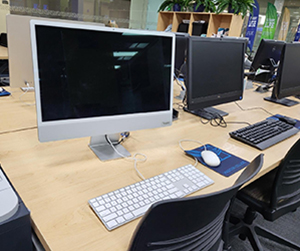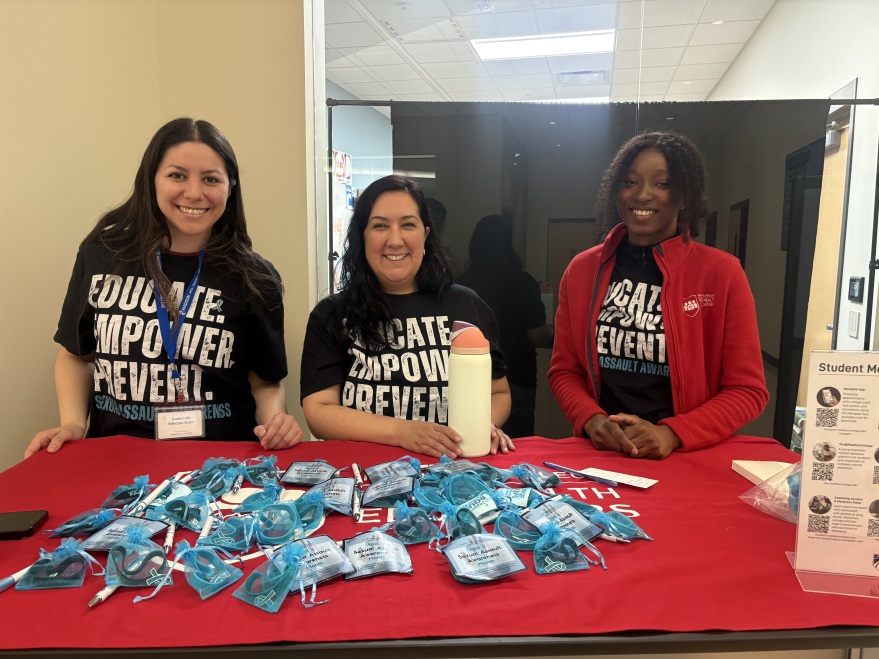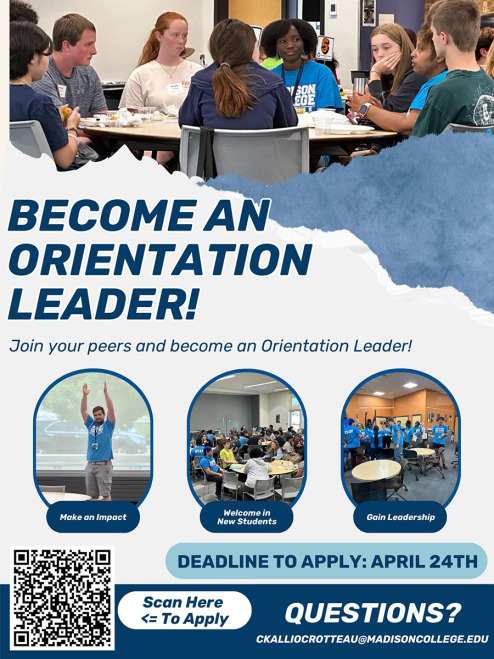
In our “information age,” access to the internet and its tools such as laptops, workstations, mobile devices etc., are not luxuries but a necessity, especially in a society shaped by digitization and ever advancing technology.
As Americans, we rely on electronically delivered services, by governments and corporations, to participate as productive and informed citizens. Unfortunately, a large segment of the population in the United States doesn’t have internet access.
This phenomenon is another example of how inequities manifest in our society, and it is called the “Digital Divide.”
What is the Digital Divide?
“Digital Divide” is a term that captures the stark gap between those who have access to the internet and the necessary skills to leverage them effectively versus those who remain disconnected. Coined in 2001 by former president of the Markle Foundation Lloyd Morrisett, the phrase has since become an important term in discussing these inequities.
Digital Divide encompasses two aspects: access and affordability. The access aspect means physical barriers that prevent the under resourced from connecting to the internet. This is particularly prevalent in rural and remote areas, where the lack of robust infrastructure and connectivity options creates a formidable obstacle to digital inclusion.
The affordability aspect highlights the economic disparities that make digital technologies out of reach. Even in areas that are fully resourced, the costs associated with acquiring and maintaining internet subscriptions, laptops, smartphones and tablets, can be prohibitively expensive for the impoverished or those with limited financial resources.
Impacts of Digital Divide
The impacts are far-reaching and pervasive, rippling through every aspect of modern digitized life. In the realm of education, students — particularly students of color — without access to digital tools and the internet face significant disadvantages, struggling to keep pace with their peers who can seamlessly leverage technology for their education The divide widens the achievement gap, perpetuating a cycle of inequality, expanding beyond the classroom, and most recently felt during the Covid-19 pandemic.
Employment prospects go hand in hand with the digital divide. As organizations rely on digital platforms, those without the necessary skills and access are left behind, their chances of securing stable, well-paying jobs diminished. This disconnect from the digital workforce exacerbates economic disparities, trapping entire communities in a cycle of poverty and socio-economic stagnation.
The most profound implications of the divide are in the domain of civic engagement and democratic participation, especially in democratic societies like ours. With the rise of online platforms for discourse, activism and political engagement, those without access risk being excluded from crucial conversations and decisions that shape our future.
Fixing Digital Divide
Bridging the divide requires a multi-dimensional approach, including governments, educational institutions, private sector and community groups. This is an issue that can’t be solved by one institution or one area of our democratic society alone.
One crucial step in closing the divide is to improve access to affordable internet and digital devices.
Initiatives such as subsidized broadband internet programs, public-private partnerships to expand connectivity infrastructure —especially fiber optic cable — in underserved areas and device distribution or loan programs can help overcome the access and affordability barriers that many individuals and communities face.
Educational institutions play a key role by incorporating digital literacy training and providing students with devices/connectivity access. Madison College’s “Technology Access Program” exemplifies this by offering enrolled students’ semester-long access to laptops and mobile hotspots to ensure no one is left behind because of lack of resources.
We all have a role to play in bridging the digital divide.
By mobilizing the collective power of our governments, non-profit organizations, educational institutions and broader communities, we can steer our society toward bridging the divide — one internet connection and one laptop at a time.


























